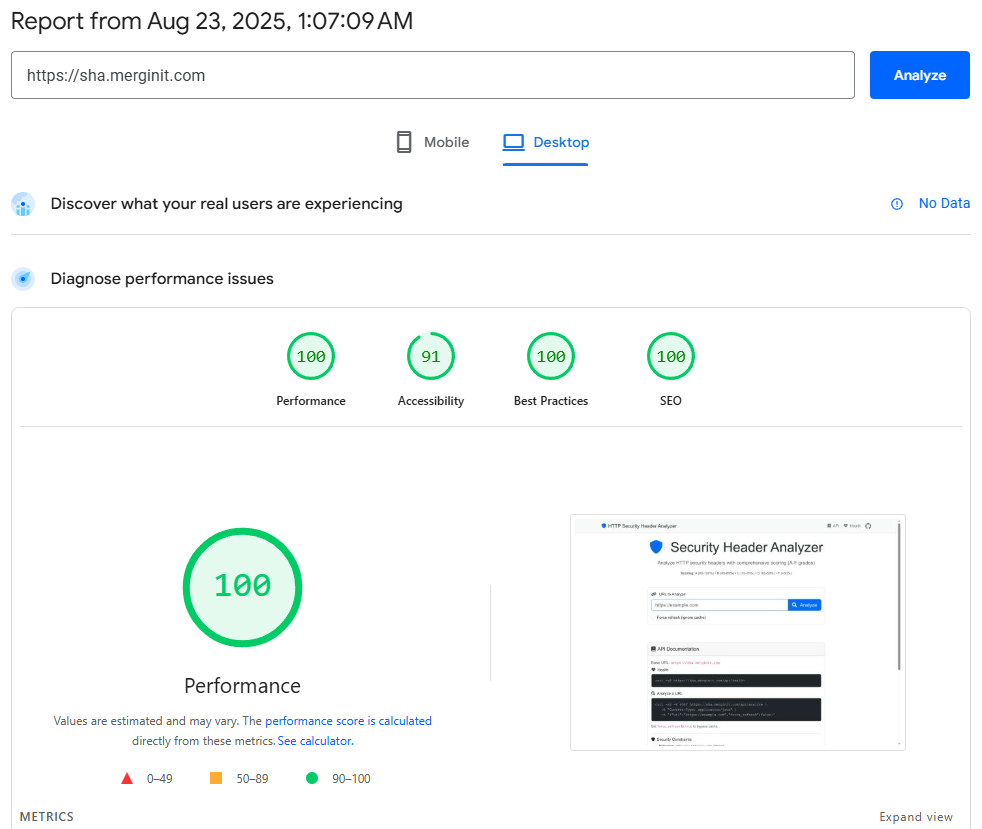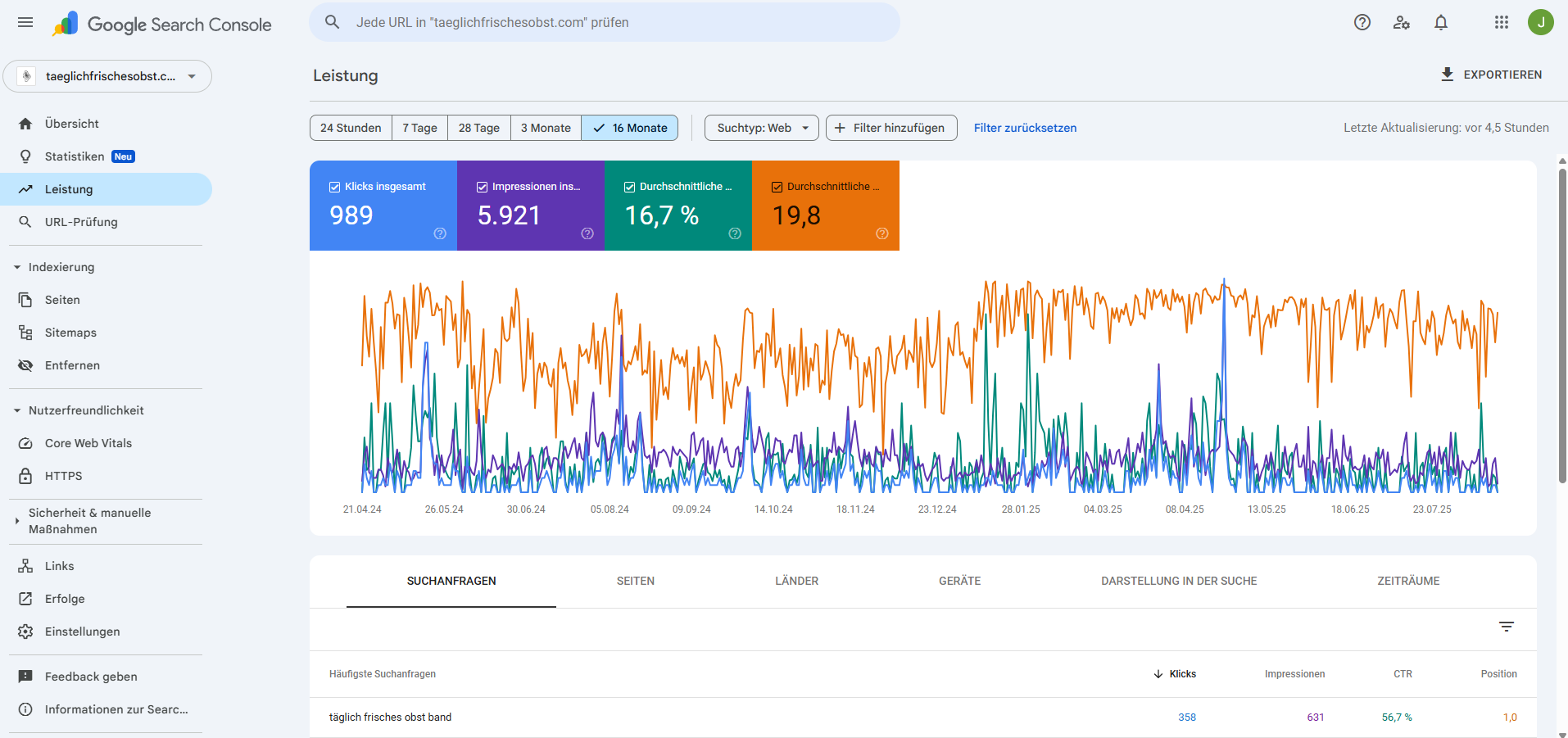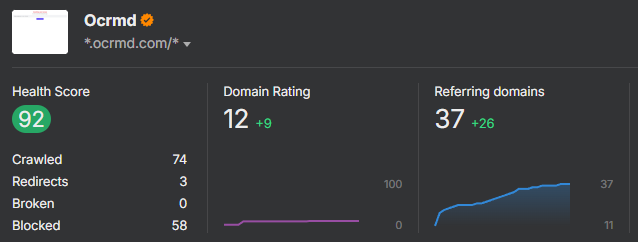7 Steps to Google #1 Ranking
Loading the Elevenlabs Text to Speech AudioNative Player...
Step 1: Website Foundation
1.1 Mobile-Friendliness
- Google prioritizes mobile-optimized sites
- Use Google’s Mobile-Friendly Test
- Essential for better user experience and search rankings
1.2 Loading Speed
- Slow sites lose visitors and rankings
- Test with PageSpeed Insights

Google PageSpeed Insights tool showing website performance metrics - Reduce image sizes, use caching, minimize scripts
1.3 User-Friendly Design
- Clear navigation and appealing layout
- Make important information easily findable
- Intuitive design increases dwell time, signals relevance to Google
Step 2: Content is King
2.1 Regular Blog Posts
- Best way to increase visibility
- Answer customer questions and problems
- Shows expertise, attracts new visitors via search
2.2 Target Audience Interests
- Address real customer challenges and needs
- Use Google Trends for topic research
- Answer frequently asked questions
2.3 Creating Valuable Content
- Make content easy to understand, informative, well-structured
- Use subheadings, paragraphs, images for structure
- Strategic keyword and topic selection crucial
Step 3: Google Loves Structure
3.1 Technical Elements
- Meta-tags: Describe page content
- Alt-tags: Help interpret images
- Structured data: Help search engines recognize info like hours/reviews
3.2 Quick Optimization Tips
- Start with meta-descriptions and titles of main pages
- Keep clear, concise, include main keywords
- Ensure each page has unique meta-tags
Step 4: Local is Key
4.1 Google My Business Critical
- Essential for local service providers
- Appears in local search results and Google Maps
- Regular updates crucial, not just one-time setup
- Keep hours, photos, services current
- Reviews: Positive reviews boost ranking and trust - respond to all feedback
4.2 Local Optimization Steps
- NAP Consistency: Name, Address, Phone must be identical across website and directories
- Strengthens credibility, helps search engines recognize local anchoring
- Local Backlinks: Partner with regional businesses/associations
- Register in local industry directories
- More local relevance = higher local search rankings
Step 5: Link Building - Network Building
5.1 Internal Links Power
- Connect different website pages
- Help users navigate better
- Signal to search engines which content is important
- Guide visitors from articles to relevant content
5.2 External Links Usage
- Reference trustworthy external sites for authority
- Don’t overdo it - few well-placed links sufficient
- Backlink building through partnerships/guest posts is long-term strategy
5.3 Backlink Building
- One of most important ranking factors
- Backlinks from external, trustworthy sites give authority
- Improve search result rankings
- Targeted link building is complex
Step 6: AI & Automation
6.1 AI for SEO Processes
- Makes SEO more efficient through automation and data analysis
- Simplifies keyword research, on-page optimization, UX improvement
- Use tools like ChatGPT for targeted optimizations
6.2 Content Efficiency
- AI tools make content creation faster
- Important: Maintain human expertise and authentic experiences
- Avoid Google penalties from updates like “Helpful Content Update”
Step 7: Analysis & Adjustment
7.1 Regular Performance Reviews
- Website work never completely finished
- Use analysis tools for valuable insights
- See which pages work well, where improvement potential exists
7.2 Simple Analysis Tools
- Google Analytics: See visitor numbers, sources, most interesting content
- Check domain authority with DomainRank
- Quickly identify which measures work and which don’t


